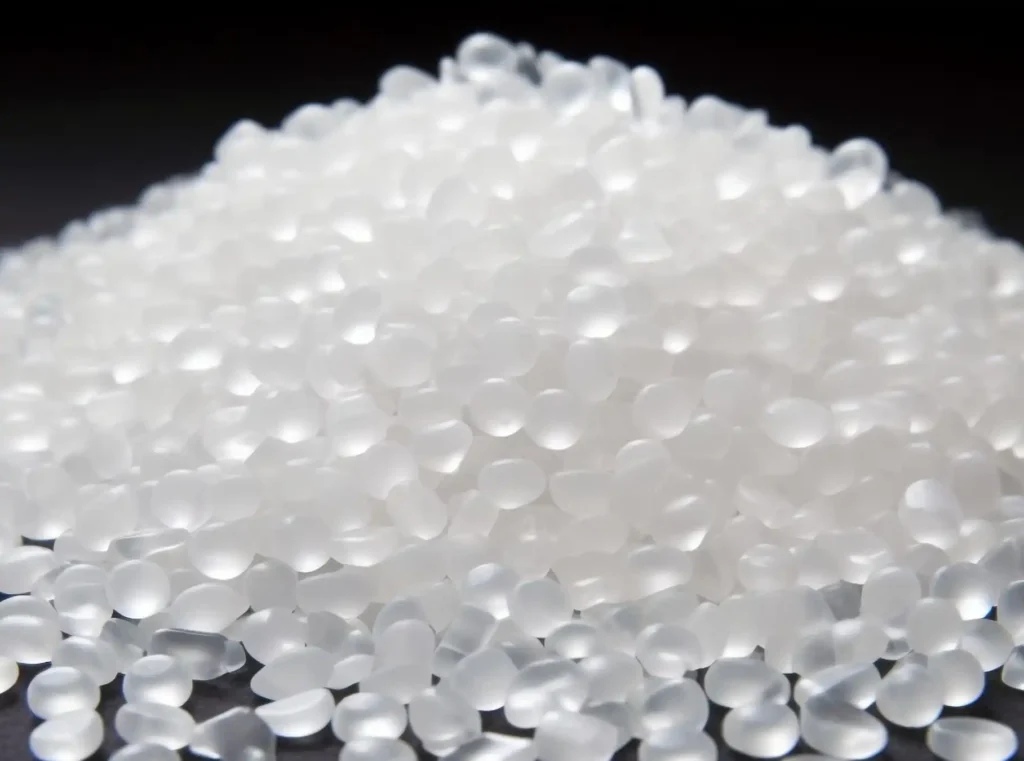Magnesium hydroxide can improve the properties of polylactic acid (PLA) through the following ways:

- Enhance Thermal Stability: Polylactic acid has poor thermal stability and easily degrades at high temperatures. Magnesium hydroxide releases water at high temperatures (decomposes around 350°C to produce water vapor), which reduces the material’s temperature through an endothermic process. This provides a thermal stabilizing effect, preventing premature degradation of PLA.
- Enhance Flame Retardancy: Polylactic acid is a flammable material that easily ignites near a fire source. Magnesium hydroxide has excellent flame retardant properties and can effectively delay the combustion process of PLA. After adding magnesium hydroxide to PLA, it can significantly reduce the burning rate and flame spread of PLA through mechanisms such as endothermic effect, release of water vapor, and formation of a protective char layer.
- Improve Mechanical Properties: Magnesium hydroxide, as a filler, can improve the mechanical properties of polylactic acid, especially enhancing the material’s stiffness and compressive strength. Its high hardness and good dispersibility help improve the mechanical performance of the composite material, particularly under high-temperature and load conditions.
- Improve Weather Resistance: Polylactic acid easily degrades when exposed to ultraviolet (UV) light and humid environments for a long time. Magnesium hydroxide can act as a UV blocking agent, slowing down the damage of UV light to PLA. At the same time, its low solubility helps improve the stability of PLA in humid environments.
